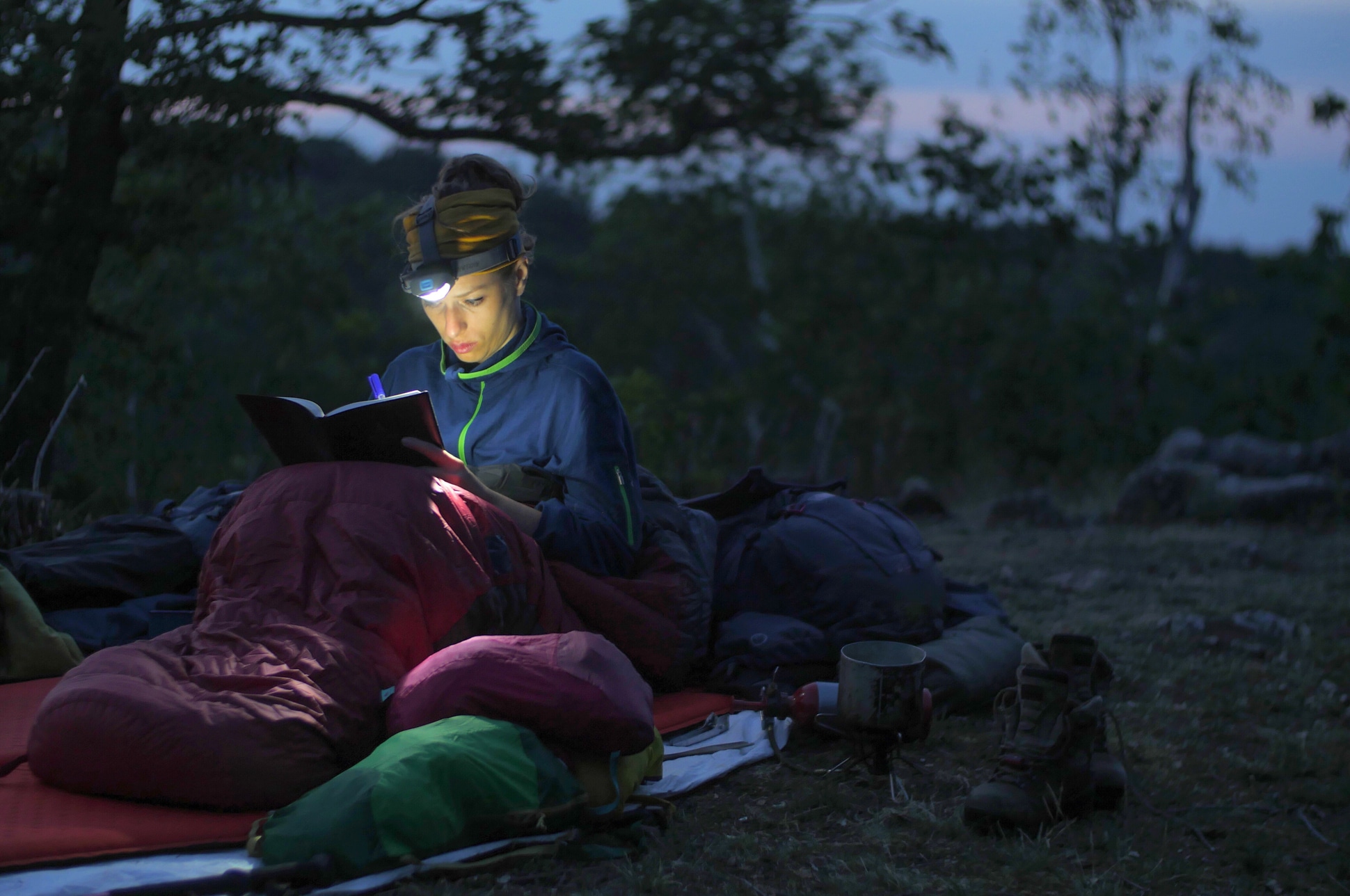
How to practice yoga safely while camping on uneven terrain in the UK?
Practicing yoga is not only about self-discovery and inner peace but also about the harmony of the body with the natural environment. Combining yoga with camping can be an enriching experience that brings in an advanced level of serenity. However, practicing yoga while camping, especially in the rugged terrains of the UK, might come with its set of challenges. This article will guide you on how to safely do your yoga stretches and poses while camping, without compromising the quality of your practice.
Understanding the Terrain
When you decide to camp in the UK, it is essential to consider the terrain of the area where you'll be setting up your tent. The UK is home to a diverse range of landscapes, from the rocky terrain of Scotland to the rolling hills of the Cotswolds. Understanding the ground conditions and topography will help you adjust your yoga routine accordingly.
A lire également : What are some engaging nature conservation projects you can participate in while camping?
It is advisable to pre-visit the campsite if it's feasible, to get a first-hand experience of the terrain. If direct visits aren't possible, try to gather as much information about the campsite as you can. Research weather conditions, look for images and read up on other campers' experiences.
While you are at the campsite, inspect the area where you wish to practice yoga. Look for a spot that is relatively flat and free from sharp objects that could cause discomfort or injury. If a perfectly flat surface is not available, make sure the area has a gentle slope. Uneven terrain can affect your balance and alignment during the yoga postures.
Avez-vous vu cela : How to maintain your privacy in open and exposed campsites in the UK?
Essential Camping and Yoga Equipment
Camping and yoga, while exciting, require careful preparation. So, don't forget to pack all the essentials that you will need. This includes your sleeping bag, hammock, water bottles, and other camping gear. When it comes to yoga, carry a good quality mat that provides ample cushioning and grip.
An outdoor yoga mat is the best choice, as it is designed to withstand rough conditions and provide excellent traction even on uneven terrain. Consider the weight of the yoga mat as well, since you'll be carrying it along with your camping gear. An ultra-lightweight yoga mat is ideal for hiking and camping.
Another piece of equipment worth investing in is a yoga wheel. It can provide support and stability during challenging poses, especially on uneven surfaces. Remember, your safety is paramount. Therefore, make sure you have all the necessary gear to practice yoga safely while camping.
Adapting Yoga Practice
Practicing yoga in the great outdoors is different from a controlled indoor environment. You will have to adjust your routines and poses according to the outdoor conditions.
Focus on yoga poses that promote balance and stability, such as the Mountain Pose (Tadasana) or Tree Pose (Vrikshasana). These poses will help you gain control over your body on an uneven surface. Avoid poses that require a lot of balance, like headstands or handstands, as the risk of falling and injury is higher.
Time of day can also greatly affect your yoga practice while camping. Opt for morning or evening sessions when the temperature is cooler. Daytime yoga can be challenging due to the heat and intense sunlight, especially during summer camping.
Health and Hydration
Staying hydrated is crucial, especially while practising yoga outdoors. Dehydration can cause fatigue, dizziness, and affect your concentration, which could lead to accidents. Always have your water bottle handy and take frequent sips, even if you don't feel thirsty. In addition to water, carry energy drinks or fruits to replenish lost energy and electrolytes after your yoga session.
The change in altitude and climate can also impact your overall health. If you're going camping in high-altitude areas, give your body ample time to acclimatise before you start with your yoga practice. Listen to your body. If you feel any discomfort or unease, pause and rest.
Camping Etiquette and Yoga
Finally, while indulging in your yoga practice, remember to respect the campsite's rules and the wilderness around you. Use headphones if you need music for your practice, so as not to disturb other campers. Practice leave-no-trace principles, which include packing out all your trash, respecting wildlife, and leaving what you find.
Camping and yoga, when blended together, create a perfect harmony of physical exercise, mental relaxation, and communion with nature. By understanding the terrain, packing the right equipment, adapting your yoga practice, maintaining your health and hydration, and respecting camping etiquette, you will be well on your way to enjoying a safe and fulfilling yoga experience in the UK's great outdoors.
Incorporating Wild Camping in Your Yoga Experience
Taking your yoga practice off-the-beaten-path through wild camping can add an extra thrill to your adventure. However, it requires a bit more preparation and safety considerations.
Setting up your sleeping base is the first thing that should be on your agenda. A good sleeping bag is essential, especially in the unpredictable UK weather. A bivvy bag can also be a handy alternative. It's lighter than a traditional tent and will help you to become one with nature.
Pitching your tent may not always be an option while wild camping. Look for natural shelters like rock overhangs or dense tree canopies. However, always remember that the UK national parks have specific rules about wild camping. Be sure to research these before your journey.
While hiking downhill to your chosen camping spot, keep an eye on your heart rate. High elevations and steep slopes can be challenging, so take your time and don't rush. Click share if you are using a GPS tracker or a hiking app to let your friends and family know about your whereabouts.
When unwinding at your campsite, roll out your yoga mat next to your sleeping pad. This setup will give you a comfortable space to practice yoga. An opens window in your daily routine, starting, or finishing your day with a relaxing yoga session can be a game-changer for your camping trip.
Embracing the Yoga Journey in the Great Outdoors: The Conclusion
Practising yoga while camping in the rugged terrains of the UK is truly a unique experience. It combines physical wellbeing with mental tranquillity while fostering a deep connection with nature’s beauty.
This practice, however, comes with its own set of challenges. The essential step is to equip yourself with knowledge about the terrain, pack your kit list wisely, adapt your yoga practice and maintain your health and hydration. Always remember to leave trace only of your footprints and respect the serene wilderness that surrounds you.
The yoga mat under your feet, the sky above you, and the sounds of nature around you all contribute to a profound and immersive yoga experience. So, whether you're a seasoned yogi or a novice, consider adding camping to your yoga practice. It not only enriches your yoga journey but also adds a refreshing dimension to your camping trip.
Enjoy the tranquillity, embrace the challenges, and remember, your yoga journey is as much about the destination as it is about the journey itself. Happy Camping and Yoga Practice!
